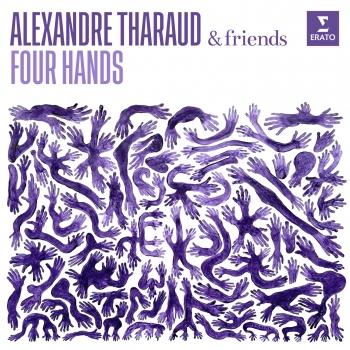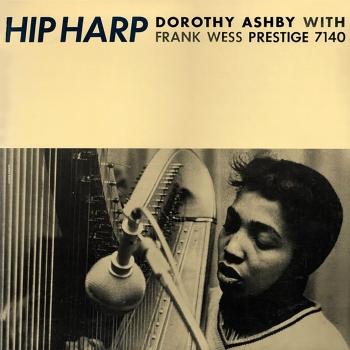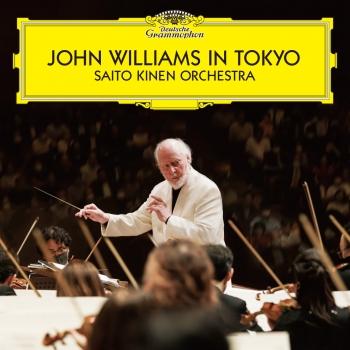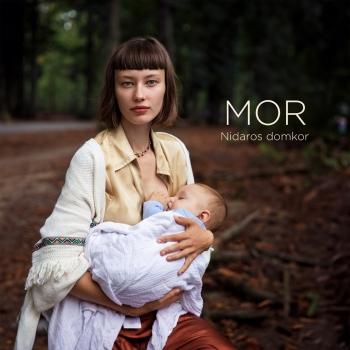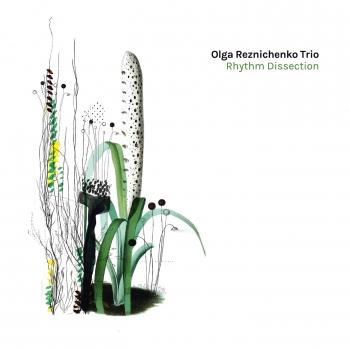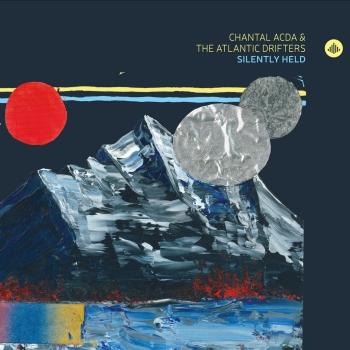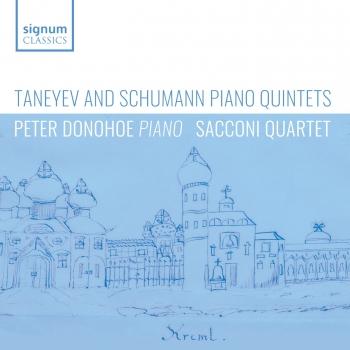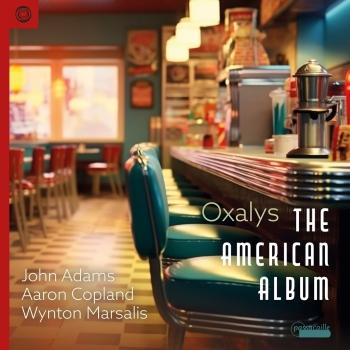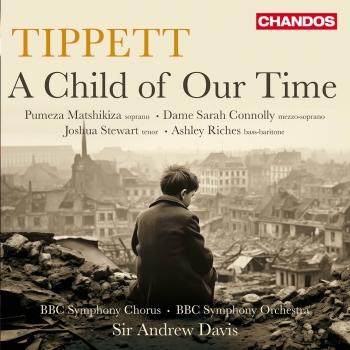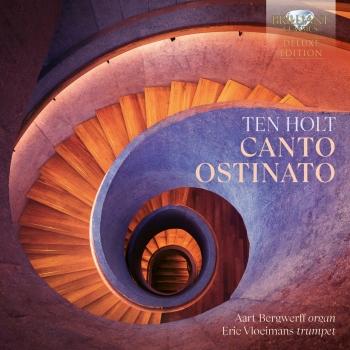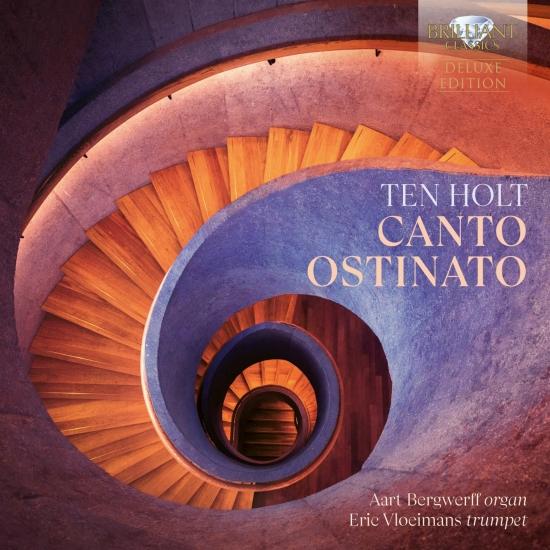
Canto Ostinato Arranged for Organ and Trumpet (DeLuxe) Aart Bergwerff & Eric Vloeimans
Album info
Album-Release:
2024
HRA-Release:
26.04.2024
Label: Brilliant Classics
Genre: Classical
Subgenre: Instrumental
Artist: Aart Bergwerff & Eric Vloeimans
Composer: Simeon ten Holt (1923-2012)
Album including Album cover Booklet (PDF)
- Simeon ten Holt (1923 - 2012): Canto Ostinato:
- 1Holt: Canto Ostinato: Part 129:59
- 2Holt: Canto Ostinato: Theme (74)12:11
- 3Holt: Canto Ostinato: Transition (86)03:37
- 4Holt: Canto Ostinato: Part 2B10:22
- 5Holt: Canto Ostinato: Theme (95)10:58
- 6Holt: Canto Ostinato: Coda03:02
Info for Canto Ostinato Arranged for Organ and Trumpet (DeLuxe)
A new and strikingly effective arrangement of a modern minimalist classic.
Canto Ostinato is a familiar landmark of modern Dutch art music. Known affectionately and simply as the Canto, it receives many performances each year in a plethora of arrangements, whether with the two or four pianos which Simeon ten Holt had in mind when he wrote the work in 1976, or performed by soloists and ensembles. This flexibility is inherent in the form of the piece. Ten Holt supplies a sequence of 106 rhythmic cells which may be repeated one or many more times, thus potentially creating a duration of one or many more hours. The simple and repetitive patterns blur the listener’s sense of time, which becomes space: space for the performers, space for creation, but also space for the listeners, space for imagination.
At the invitation of Orgelpark Amsterdam, the organist Aart Bergwerff has been giving annual performances of Canto Ostinato, always in a new instrumentation, in company with different musicians. This groundbreaking version for trumpet and organ arose as the result of a chance meeting backstage between Bergwerff and the trumpeter Eric Vloeimans. The recording captures a concert given in October 2023 at the Orgelpark, presenting Canto Ostinato as a kind of monody for trumpet and organ, like a long-spun solo with basso continuo. Bergwerff and Vloeimans had known each other as students at the conservatoire in Rotterdam, and so this artistic partnership was a renewal of friendship as well as a synthesis of common musical values.
Relying as it does on the stamina of a solo trumpeter, this version of Canto Ostinato is necessarily shorter than most of the canonic versions, but it illuminates the piece with a fresh perspective, more melodically focused than keyboard-centric instrumentations, and evolving more rapidly through Ten Holt’s cycle of harmonic change.
Aart Bergwerff, organ
Eric Vloeimans, trumpet
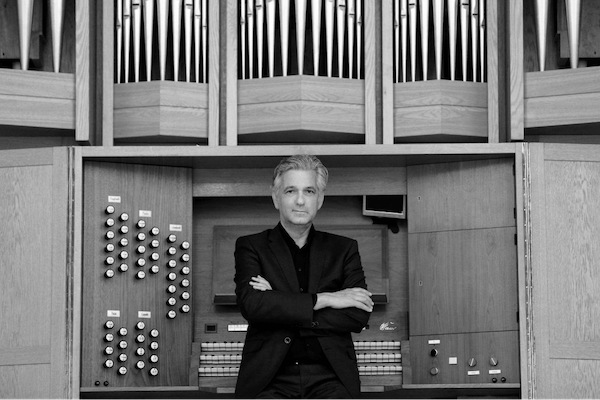
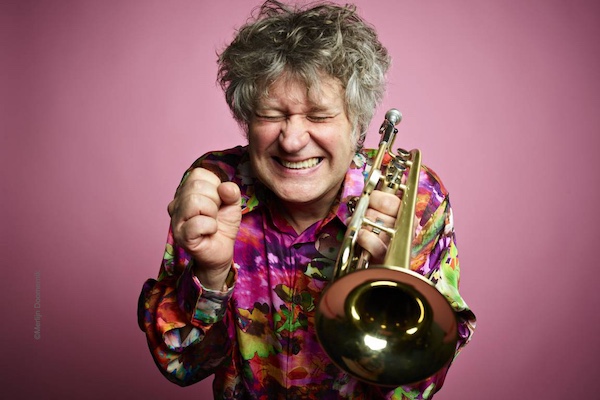
Aart Bergwerff
The imperturbability of the most recognizable composer in the Netherlands.
`There's Simeon ten Holt and then there's all the rest,' the composer of works including Canto Ostinato, Horizon and Lemniscaat once said jokingly of his position in Dutch musical life. Even today, one could say that, in a certain sense, this is still true. Anyone challenging a select group of contemporary music lovers to a fiery debate need mention only one name: that of Simeon ten Holt (b. 1923). In the late 1970s, this Dutch composer provoked the wrath of countless musical know-alls by returning to sounds that every ear could understand. He had the courage to abandon the complex, twelve-tone scores of the post-war era, which he traded in for simple triads, shifting rhythmic patterns and repeat signs. Completely independent of American composers like Steve Reich and Philip Glass, Ten Holt created a Dutch version of minimal music. Although Ten Holt deviated from the American approach by placing more importance on process than on technique and by taking an interest in the social interaction that occurs (in the case of several musicians) and the `liberation of the musical object', the listener need not be aware of this to appreciate his music. The music that was and still is denounced by the diehards of the serial school as `insipid cult music' and fatal, new simplicity became the new music that spoke to the experience of an ever-growing audience.
For Ten Holt, the road to apparent simplicity was anything but simple. He began as a true disciple of Jakob van Domselaer, his teacher, and was just as strict in applying the principles of the angular tonality that Van Domselaer displayed in his Proeven van Stijlkunst (Excercises in style) and just as inflexible in relation to other techniques. "Not only was Van Domselaer my teacher, he was also a nemesis", Ten Holt once said of him. "I had to free myself from him to be able to spread my own wings." Notwithstanding his quasi-orderly compositions, the anarchist streak Ten Holt had always had soon asserted itself. With his own `diagonal notion', based on the simultaneous sounding of tonalities a tritone apart, he stubbornly broke new ground for the first time in the mid 1950s and surprised audiences with slightly torsional structures like Soloduiveldans 1(1959) for piano.
Ten Holt would rather not be reminded that, shortly after this voyage of discovery, he briefly conformed to the rules of serialism fashionable at the time, although his experience with electronic music during this period was invaluable to his later compositions it also played a role in arousing his interest in purely musical processes and he tired of `composing in [his] head, seated at the table, from the intellect and not from emotion'.
Once again, Ten Holt seemed averse to the most important influences around him and he dared to return to tonality. "While its true that I make use of traditional harmony, I have freed the elements of tension and relaxation so characteristic of it and have turned these into musical objects. Although the listener hears recognizable chords, these do not follow a conventional musical route because they have been isolated." His development of `tonality after the death of tonality' has made him a composer as celebrated as he is solitary. His first large work in his new language, Canto Ostinato (1976-1979) for keyboard instruments, put him on the map of Dutch music and managed to provoke the entire musical avantgarde. ...
Eric Vloeimans
(1963) is an improvising trumpeter and composer who considers the term ‘jazz’ as far too limiting for his music. His work is characterized by a melodic and lyrical force and a distinctive, individual sound, which may be called velvety or whispering in his more subdued pieces. In his compositions he manages to combine beauty and adventure. His motto is: ‘I make music for the millions, but I haven’t been able to reach all of them yet.’ In attempting to do so, however, he never compromises and always is his own man.
Vloeimans studied at the Rotterdam Conservatory; originally in the classical department, later at the jazz course. In the US, he studied with Donald Byrd and was a member of Frank Foster and Mercer Ellington’s big bands.
In the early 1990s Vloeimans was considered part of a generation of young musicians who combined bebop with influences from rock and typically Dutch improv. He soon started developing his own, unmistakable sound and style. He has been leading bands from the get-go and made his debut recording as the leader of his own Quartet in 1991 (No Realistics). In 2006 this group is succeeded by the chamber jazz trio Fugimundi (with pianist Harmen Fraanje and guitarist Anton Goudsmit)
In 2007 Eric Vloeimans starts his electric band Gatecrash, in which funk and rock elements are added to the musical mix (it features Jeroen van Vliet on keyboards, Gulli Gudmundsson on electric bass and Jasper van Hulten on drums). It is often referred to as the Dutchman’s original view on ‘electric Miles’. In the meantime, he keeps developing new projects, like the ensemble Oliver’s Cinema with accordionist Tuur Florizoone and cellist Jörg Brinkmann. Vloeimans’s compositions for this trio can be described as ‘soundtracks for imaginary films’. He regularly performs as a duo with the German pianist Florian Weber, with whom he released the CD Live at the Concertgebouw in 2011.
Over the years he has entered into regular and occasional musical relationships with like-minded musicians, both from at home and abroad. The album Bitches and Fairy Tales, featuring pianist John Taylor, bassist Marc Johnson and drummer Joey Baron, gained him an Edison (the Dutch equivalent of a Grammy) in 1998. His international resume reads like a regular Who’s Who of contemporary jazz, with such luminaries as guitarist Nguyên Lê, electric bassist Jimmy Haslip, drummer Peter Erskine and pianist Jarmo Savolainen.
In 2001 Vloeimans is awarded the Boy Edgar Prize (the major Dutch jazz award) and in 2002 the North Sea Jazz Festival’s Bird Award. The CDs VoizNoiz 3 (with Michel Banabila, 2003) Summersault (with Fugimundi, 2006) and Gatecrashin’ (with Gatecrash, 2007) earn him Edisons once again.
Evidencing his broad scope of musical interests, Vloeimans has collaborated with artists from other musical worlds, too. He worked with pop artists and bands like singer and multi-instrumentalist Fay Lovsky, Doe Maar, Spinvis, guitarist Jan Akkerman and trumpeter Kyteman (Colin Benders). Kytecrash, the combination of the latter’s hip hop band and Gatecrash, produced successful live shows as well as an eponymous album, in 2011.
In the world music field Vloeimans was involved in collaborations featuring flamenco guitarist Eric Vaarzon Morel, Latin jazz pianist Ramón Valle and singer/guitarist Fernando Lameirinhas’s fado inspired project Pessoa.
As a soloist, Vloeimans performed with classical ensembles like the Matangi String Quartet, the Calefax Reed Quintet, the Metropole Orchestra, Holland Baroque and various Dutch symphony orchestras, including the Rotterdam Philharmonic Orchestra and the Royal Concertgebouw Orchestra.
In 2011, his first self-penned trumpet concerto, Evensong, orchestrated by Martin Fondse, was premiered by the Limburg Symphony Orchestra. It was later recorded for CD release with the Dutch Symphony Orchestra. Eric Vloeimans acted as the artistic director of the Dutch Youth Jazz Orchestra in 2013. In 2014 he performed at the King’s Concert for the Dutch King Willem Alexander and Queen Maxima, and did a 15-venue concert tour of the US with Oliver's Cinema. In the 2015/2016 season Eric Vloeimans toured Europe with harpist Remy van Kesteren. In 2018 there was a Dutch tour with the Syrian clarinetist Kinan Azmeh, resulting in the presentation of their album Levanter. Later in the same year he toured extensively with the Argentine pianist Juan Pablo Dobal. Their duo CD Viento Zonda received rave reviews.
In November 2015 Vloeimans published his play-along book Horn of Plenty (V-Flow edition); the second volume of the book followed in November 2019. He regularly coaches big bands, symphonic wind bands and brass bands, and is active as a conductor, arranger and composer. In 2016, 2017 and 2018 he was invited to teach at the famous summer school in Dartington, England.
The Fall of 2019 saw him touring with Oliver's Cinema again, and in the Spring of 2020 he will be on the road with Gatecrash. In addition, there will be performances with the symphony orchestra Zeeuws Orkest, with various symphonic wind bands and brass bands, as well as with the funky big band Licks & Brains.
Over the years Eric Vloeimans has become a household name on Dutch television. He is a regular guest on the daily talk show De Wereld Draait Door and was featured in many music, culture and entertainment programs. It all bears witness to his famous motto statement quoted above.
Eric Vloeimans plays a Hub van Laar trumpet.

